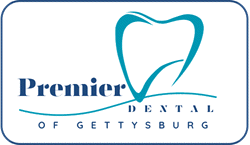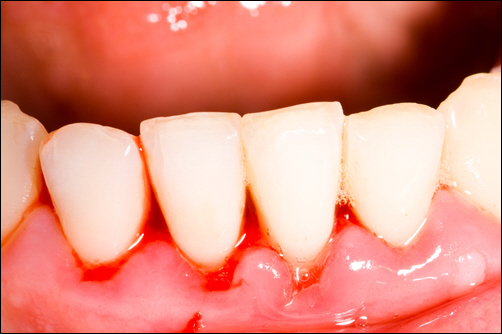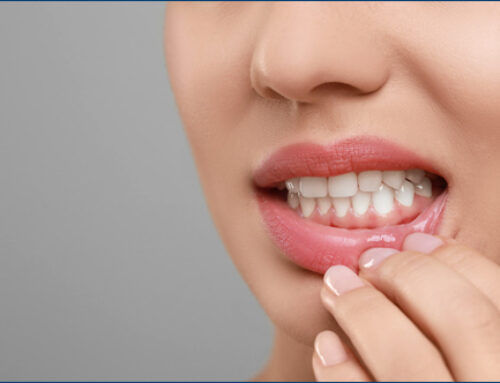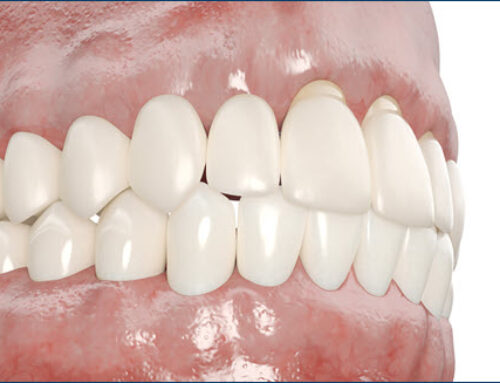Gingivitis is the earliest stage of gum disease and, if left untreated, can lead to more serious conditions, such as periodontitis and eventual tooth loss. Recognizing the signs and knowing how to prevent it can help you maintain healthy gums and protect your overall oral health. Here’s a look at the consequences of gingivitis and how you can prevent it through good oral care habits.
Consequences of Gingivitis
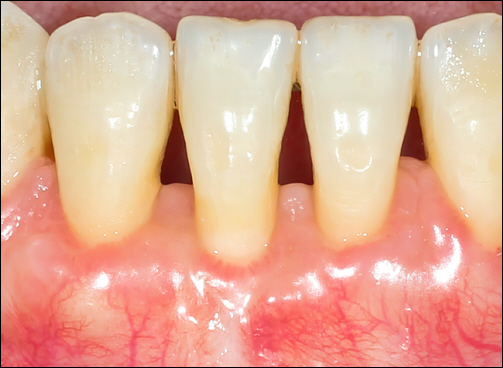 Gingivitis occurs when plaque, a sticky film of bacteria, builds up along the gumline and begins to inflame the gum tissue. When plaque isn’t removed through brushing and flossing, it hardens into tartar, which further irritates the gums and creates a breeding ground for more bacteria. As it progresses, you may notice symptoms such as red, swollen gums, tenderness, and bleeding when brushing or flossing.
Gingivitis occurs when plaque, a sticky film of bacteria, builds up along the gumline and begins to inflame the gum tissue. When plaque isn’t removed through brushing and flossing, it hardens into tartar, which further irritates the gums and creates a breeding ground for more bacteria. As it progresses, you may notice symptoms such as red, swollen gums, tenderness, and bleeding when brushing or flossing.
If gingivitis remains untreated, it can develop into periodontitis, a more severe form of gum disease that damages the bone supporting your teeth. Periodontitis can cause gum recession, deep pockets between the teeth and gums, and eventually, loose or shifting teeth. In advanced cases, tooth loss becomes a real possibility.
It can also impact your overall health. Studies link gum disease to heart disease, diabetes, and other chronic conditions due to the spread of inflammation and bacteria from the gums into the bloodstream. By managing it early, you not only protect your oral health but also reduce risks to your general well-being.
Preventing Gingivitis with Daily Habits
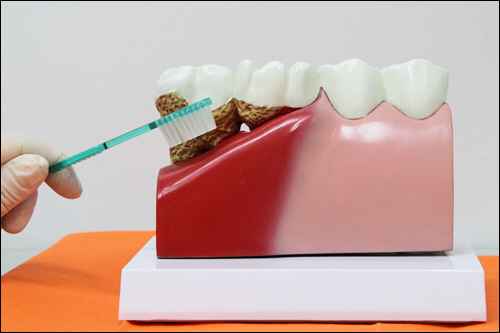
Preventing gingivitis is entirely possible with a few consistent oral hygiene habits. Here are key steps to keep gingivitis at bay:
- Brush Twice a Day: Brushing your teeth for two minutes twice daily helps remove plaque before it can irritate your gums. Use a soft-bristled toothbrush and focus on the gumline with gentle, circular motions. Choose a fluoride toothpaste to strengthen enamel and prevent decay alongside your gum care.
- Floss Daily: Flossing is essential for removing plaque between teeth and along the gumline, areas that your toothbrush can’t reach. Make flossing a part of your daily routine to keep these areas free of food particles and bacteria, which often lead to gingivitis if left unchecked.
- Rinse with Antibacterial Mouthwash: Using an antibacterial mouthwash reduces the bacteria in your mouth, adding an extra layer of protection. Look for a mouthwash designed for gum health to help prevent plaque buildup and reduce inflammation.
- Visit Your Dentist Regularly: Professional cleanings are crucial for preventing gingivitis, as they remove tartar that can’t be eliminated by brushing or flossing alone. Regular dental check-ups allow your dentist to monitor gum health, catch early signs of gingivitis, and provide guidance on maintaining healthy gums.
- Watch Your Diet: Sugary and acidic foods fuel bacteria growth, so limit sweets and soft drinks. Opt for a balanced diet rich in fruits, vegetables, and lean proteins, which support both gum health and overall wellness.
Catching Gingivitis Early
If you notice red, swollen, or bleeding gums, consult your dentist promptly. Early intervention allows for simple treatments to reverse gingivitis before it worsens. Consistent oral hygiene and regular dental visits are your best defenses against this common but preventable condition.
By actively caring for your gums each day, you safeguard your smile, avoid the discomfort of gum disease, and promote better health overall. With these simple practices, you can prevent gingivitis and enjoy a lifetime of healthy gums and teeth.
